The Hand-Cannon: What Was In Between Cannons and Modern Guns?
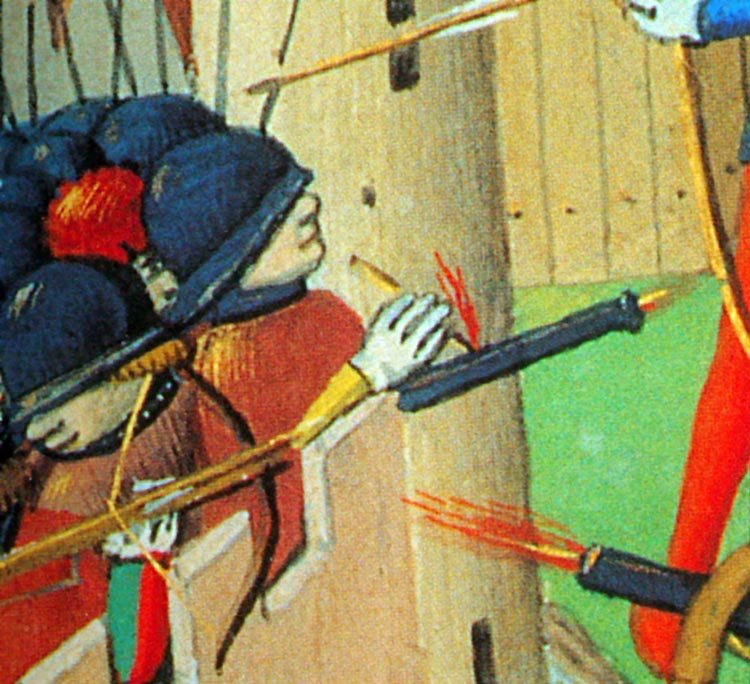
At some point during the 12th and 13th centuries, warfare and history in general were changed forever. The first cannon was invented in China, likely based on an earlier gunpowder weapon known as the fire lance. The technology spread all around the known (at the time) world. The design was refined and updated, and along with new and improved gunpowder mixes, it became a very formidable weapon.
Although it was slow, heavy and hard to manoeuvre, the cannon was incredibly powerful. By 1453, cannons had become strong enough to destroy the walls of Constantinople, which had held off invasions for over a thousand years. Now we have fast-firing guns that are light enough to hold in your hand, but these took a long time to evolve. The transition gun was the medieval hand-cannon, an awkward middle-stage that had the worst of both worlds. It was slow, heavy, and not very powerful. While there were still good reasons to use it in battle, I’ll start with the negatives.
First of all, the medieval hand cannon was incredibly slow, taking over a minute to load. Not to say that full-size cannons weren’t slow to reload; in fact, they were much slower. Enormous bombard cannons could sometimes take several hours to reload, because you had to wait for them to cool and check for cracks after every shot.
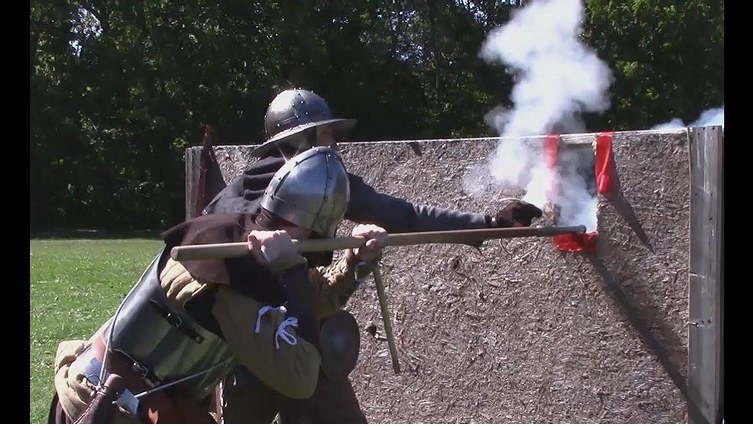
Secondly, hand-cannons were very inaccurate. They had no sights, so it was impossible to aim directly at your target. It was also hard to time a shot. Most hand cannons relied on an unpredictable burning cord to ignite the gunpowder. This method could cause the gun to fire before or long after you wanted it to. When compared to a longbow, which was accurate, relatively powerful, fast, and had a greater range, you might be wondering how the hand cannon could have any advantages.
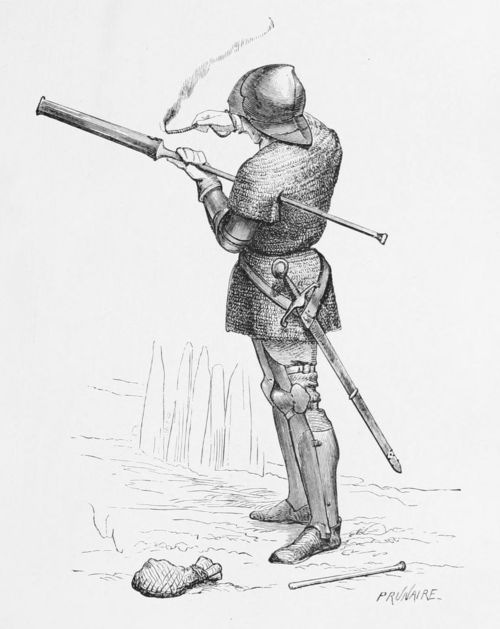
There are a few things that the hand-cannon and the longbow have in common. One is strength in numbers. Just as arrows are more effective when there is a volley of them hurtling through the sky towards your enemies, the hand-cannon was best used when multiple cannons were used to shoot masses of closely packed soldiers.
Slow rate of fire isn’t as big a problem when 20 guns are firing on the opposing army. And when you're firing at a group of soldiers packed shoulder to shoulder, you're bound to hit someone, no matter how inaccurate your gun may be.
Gunpowder weapons also made a lot of noise. Noise that, in the heat of battle, terrified the enemy soldiers and particularly their horses. Hand-cannons were also, as far as I can tell, fairly easy to move. Of course, they weren’t as manoeuvrable as bows, but it wouldn’t be too hard for a company of handgunners to move up the battlefield. You wouldn’t need an ox and cart to haul a hand cannon around like you would with an enormously heavy bombard cannon.
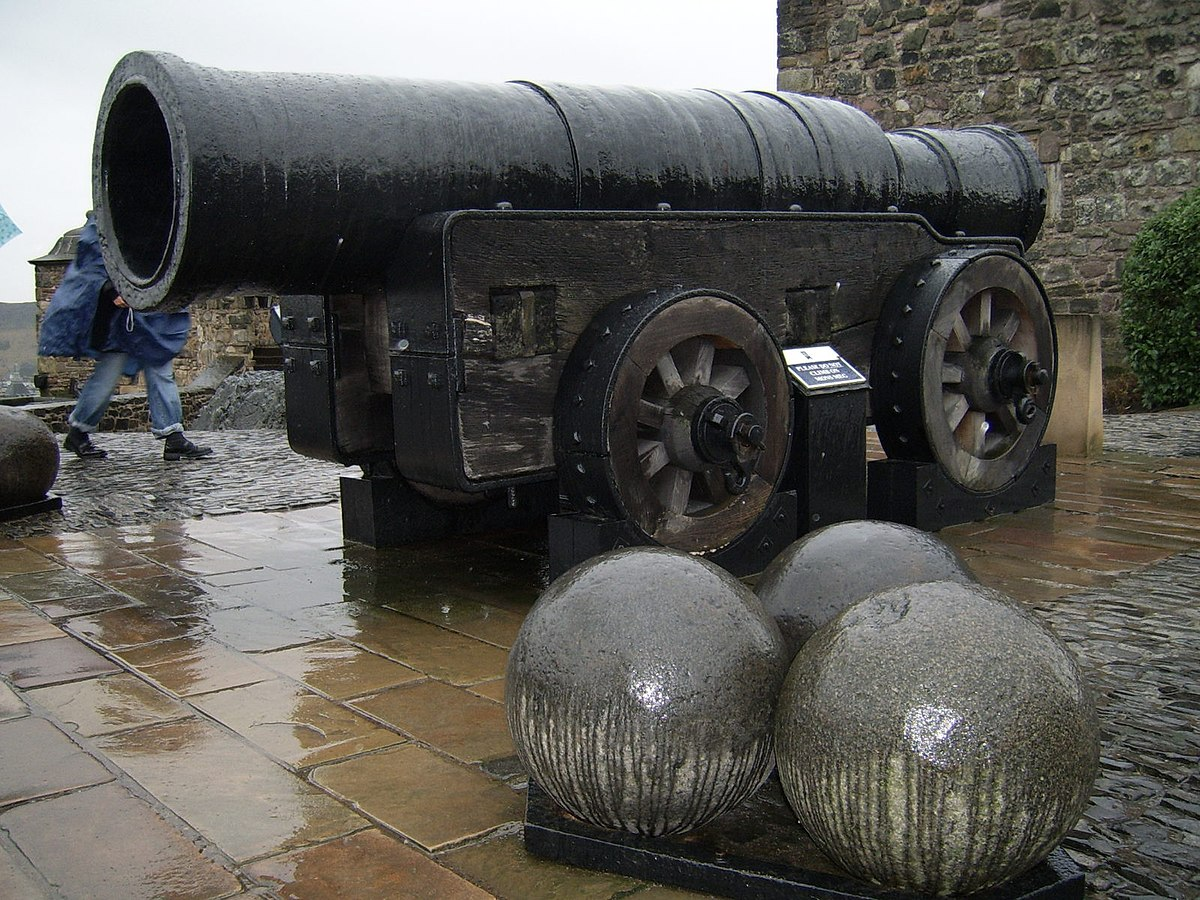
I should mention that I have been quite unfair to the hand cannon by comparing it to full-sized cannons, because they are very different weapons meant for different scenarios. You wouldn’t roll up to a castle and bring hand cannons that can’t make a dent in the thick stone walls, just as you wouldn’t lug heavy cannons to a small skirmish in a field somewhere. Cannons and early handguns had very different jobs. In fact, from what I can tell, they were often used to complement each other. Big bombard cannons were used to attack a castle when besieging it, and hand cannons were used to shoot the individual soldiers defending it.
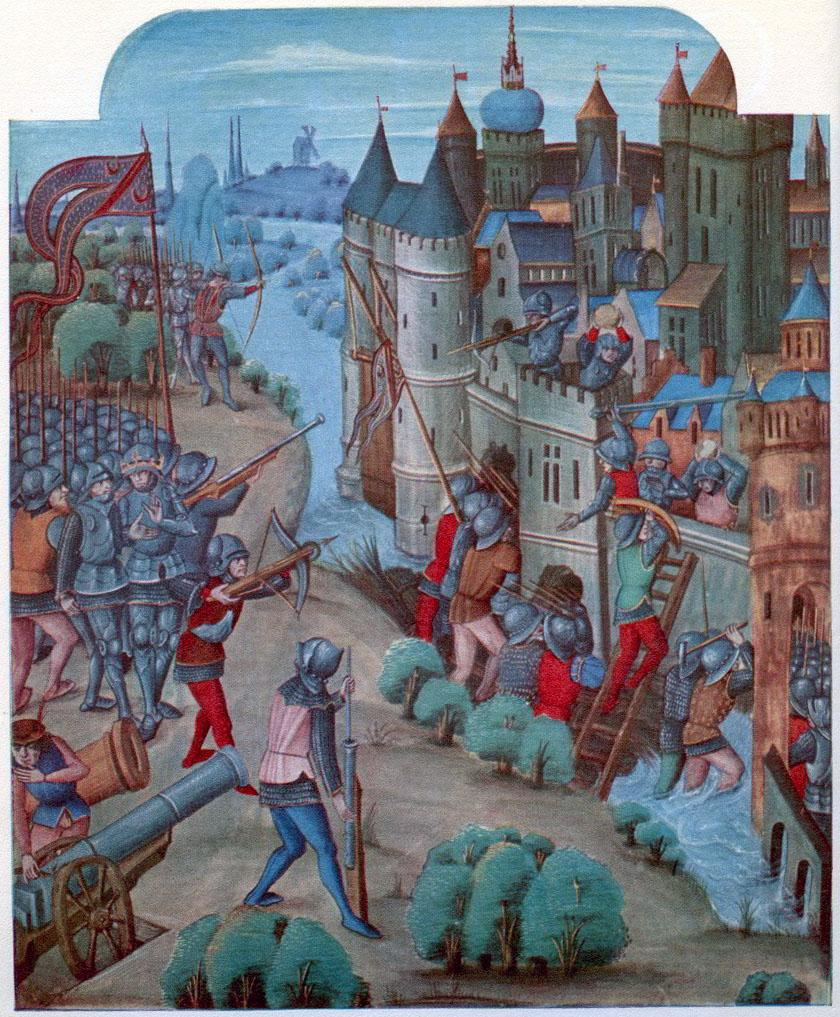
In conclusion, hand cannons were unreliable, slow and inaccurate, but they were good enough at their intended job, which was to attack mass ranks of soldiers. They were fairly easy to move around, and the frightening noise they made was an added benefit.



